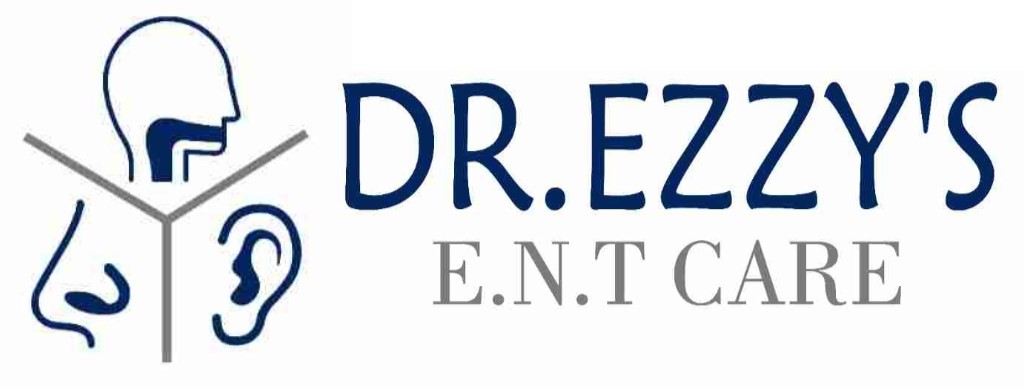What Is Obstructive Sleep Apnea?
Obstructive sleep apnea is a common sleep disorder. It happens when your throat muscles relax and block your airway during sleep. As a result, breathing stops and starts many times through the night. This can make you feel tired during the day. In fact, millions of people in the US and around the world have this condition. Although it can affect anyone, it is more common in adults and people who snore.
Common Symptoms and Warning Signs
Many people with obstructive sleep apnea do not know they have it. However, certain signs can help you spot the problem early. For example, you may notice:
Sometimes, children with this sleep disorder may have trouble in school or act out. Because these symptoms can be mild, it is easy to miss them. Yet, untreated sleep apnea can lead to serious health problems.
Main Causes and Risk Factors
Obstructive sleep apnea happens when the muscles in your throat relax too much. This blocks the flow of air. Several factors can raise your risk. For instance:
Additionally, some medical conditions, like high blood pressure or diabetes, can make sleep apnea more likely. Even children with enlarged tonsils can develop this disorder.
How Is Obstructive Sleep Apnea Diagnosed?
If you have symptoms, your doctor may ask about your sleep habits. Often, they will suggest a sleep study. This test, called polysomnography, records your breathing, heart rate, and oxygen levels while you sleep. Sometimes, you can do a home sleep test. Either way, these tests help confirm if you have obstructive sleep apnea and how severe it is.
Effective Treatment Options
There are many ways to treat obstructive sleep apnea. Your doctor will suggest the best option for you. Some common treatments include:
For mild cases, simple changes like avoiding alcohol or raising the head of your bed may help. However, moderate to severe cases often need medical devices or surgery.
Prevention Tips and Healthy Sleep Habits
While you cannot prevent all cases, you can lower your risk. For example, try these tips:
Even small changes can make a big difference in your sleep quality. If you snore loudly or feel tired during the day, it is wise to talk to your doctor.
When to Seek Medical Help
If you or someone you know has signs of obstructive sleep apnea, do not wait. Early treatment can prevent serious problems, such as heart disease, stroke, or high blood pressure. In addition, children with sleep problems should see a doctor right away. Remember, good sleep is key to good health.
Conclusion
Obstructive sleep apnea is a serious but treatable sleep disorder. With the right care, you can improve your sleep quality and feel more alert during the day. Consult an ENT specialist at Dr. Ezzy’s E.N.T Care for personalized advice on managing obstructive sleep apnea and improving your overall well-being.




